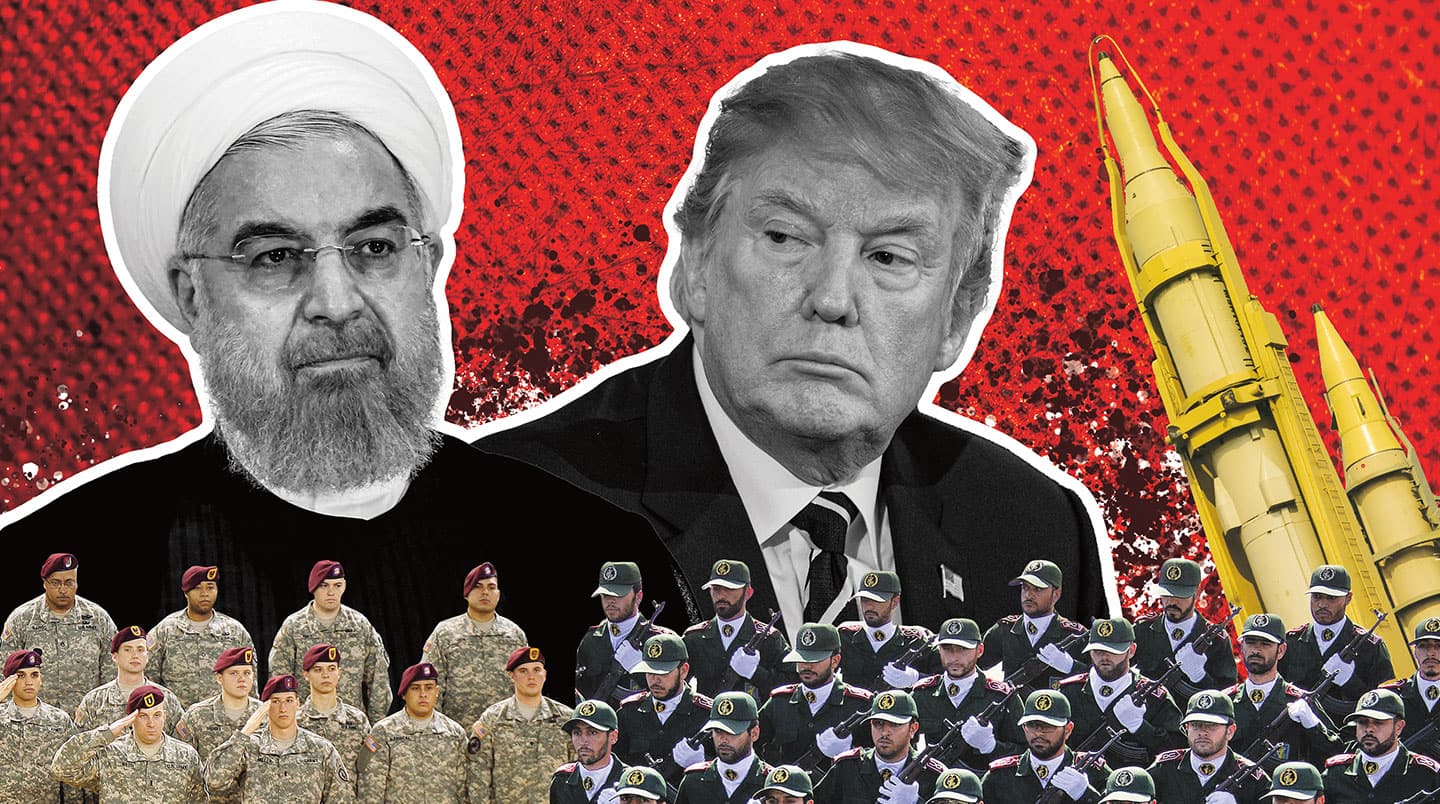Last month, hostilities between the United States and Iran reached a crisis point. The situation became explosive after President Donald Trump ordered the killing of Iran’s top military leader, Major General Qassim Suleimani. The two nations are longtime foes, and the move brought them close to war.
The U.S. killed Suleimani in January with a missile fired by an American drone. At the time, Suleimani was leaving an airport in the neighboring nation of Iraq. Iran vowed to take “forceful revenge” for his death. The U.S. then sent 3,500 troops to the Middle East, where tens of thousands of U.S. soldiers were already stationed.
Days later, Iran fired missiles at military bases in the Middle East that house U.S. troops. No one was killed. Afterward, both U.S. and Iranian leaders said they wanted the confrontations to end. But the crisis made people around the world worry that the two countries might be on the brink of war—and experts say tensions could escalate again.
Why have the U.S. and Iran long been at odds? What prompted the recent confrontations? And what could it mean for Americans? Keep reading to find out.
Last month, hostilities between the United States and Iran reached a crisis point. The situation became explosive after President Donald Trump ordered the killing of Major General Qassim Suleimani. He was Iran’s top military leader. The two nations are longtime foes. The move brought them close to war.
In January, the U.S. killed Suleimani with a missile fired by an American drone. At the time, Suleimani was leaving an airport in the neighboring nation of Iraq. Iran vowed to take “forceful revenge” for his death. The U.S. then sent 3,500 troops to the Middle East. Tens of thousands of U.S. soldiers were already stationed there.
Days later, Iran fired missiles at military bases in the Middle East that house U.S. troops. No one was killed. Afterward, both U.S. and Iranian leaders said they wanted the clashes to end. But the crisis made people around the world worry: Could the two countries be on the brink of war? Experts say tensions could escalate again.
Why have the U.S. and Iran long been at odds? What set off the recent clashes? And what could it mean for Americans? Keep reading to find out.

